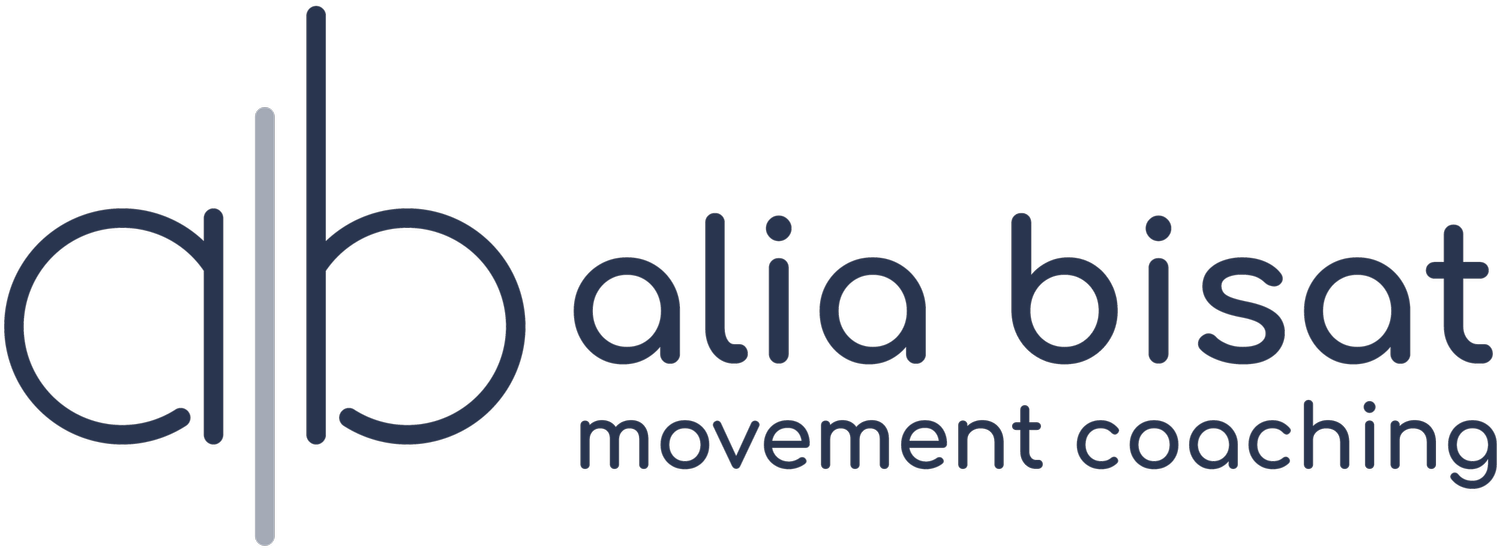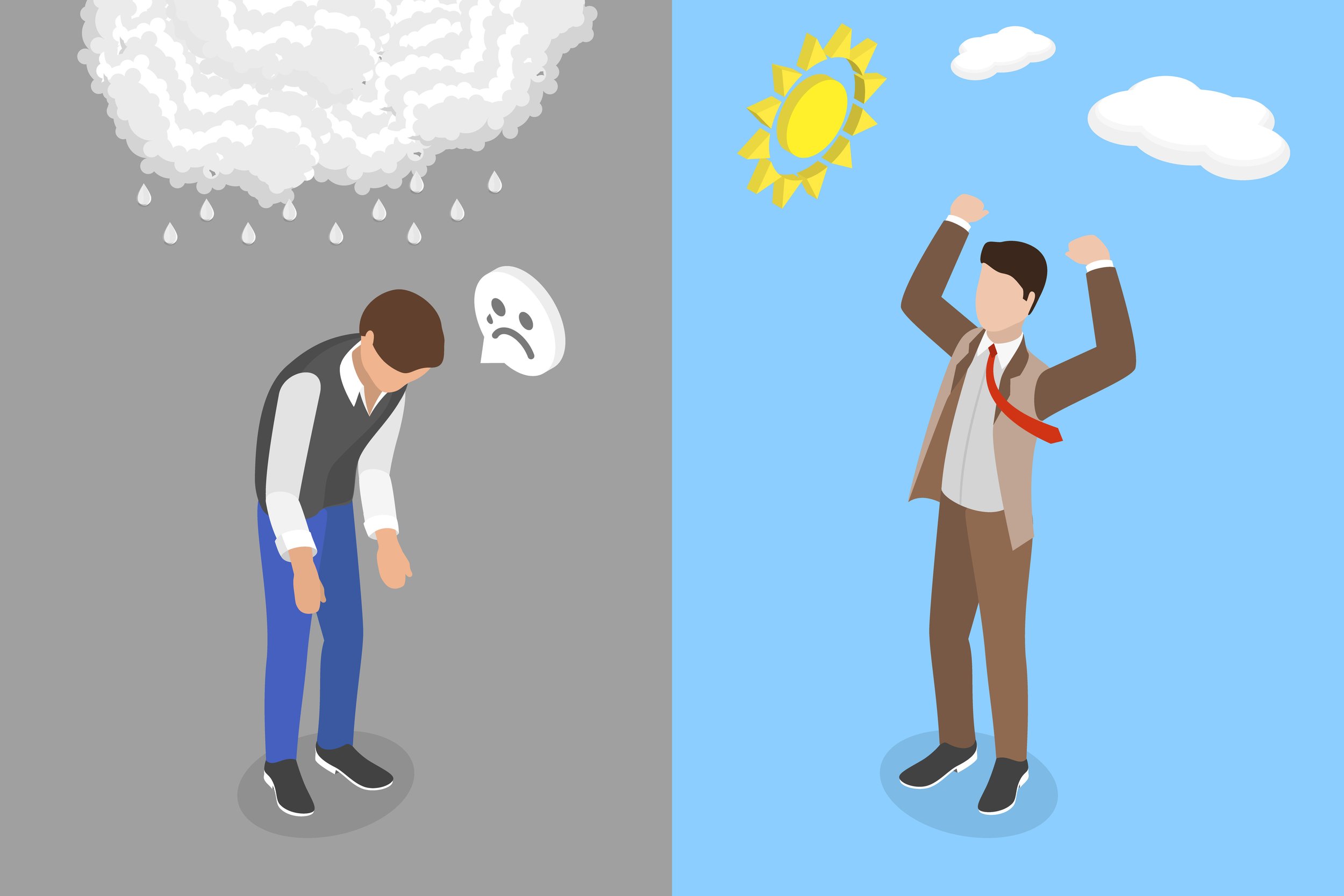Managing Your Thoughts at the Onset of Pain: how to relieve pain without pills
Managing your thoughts at the onset of pain: how to relieve pain without pills
How you respond to your pain within the first few moments of experiencing it is crucial in determining your pain management path. Let me preface with a few things:
I am not a doctor.
I’m not against medication.
This post specifically refers to the initial pain onset of a pain experience
Now that that’s out of the way, I’d like to share a strategy of how to relieve pain without pills.
You know that game you play when you want to find out what people really think? You ask them a question and they have to respond immediately with the first thing that comes to mind?
For example: what is the immediate word you think of after reading each of these three words?
Dog
Book
Water
For me the answers today were:
Cat
Club
Bottle
I’m going to invite you to play that game with yourself the next time something hurts. I’d like you to pay attention to the very first three thoughts that come to mind when you feel something physically painful — or even just very uncomfortable — in your body.
Here are some examples of what those first three thoughts could be:
1. Omg. What is that?
2. I definitely tore something, maybe even broke something.
3. Am I going to have to get surgery??
There it is again.
I have to cancel all my plans this week. Again.
I guess this is my new normal.
Ew. OUCH! Ugh.
Yup, this is 65, it’s only downhill from here.
I’m going to have start slowing down, this much activity is too risky at my age.
Oh, ow! Hm. I wonder what I did.
I’m going to keep moving it around and monitor.
This might be gone in a couple of hours.
Any of these sound familiar? Maybe even parts of them? Which one sounded the most optimistic? The thing is, these first few thoughts that come to mind show up instantly and they’re often habitual thought patterns, so we tend not to be aware of them. However, they’re our truest responses, and if we can pay close attention we’ll be able to pick them out. Being able to identify these thoughts means being able to identify a lot of our beliefs about our body and our pain that have amassed from past experience, what people like doctors or other people we trust have told us, and cultural norms.
And why does that matter?
Our beliefs influence our physiology.
Have you ever wondered about the placebo effect? For decades, scientists have used placebos in studies to measure outcomes for surgeries, medications, and other treatments. One group gets the actual drug or treatment, and another group gets a placebo — sugar pill or sham treatment. Oftentimes, the placebo group responds similarly to the group that got the actual drug or treatment, sometimes even better! That’s the prime example of beliefs influencing our physiology.
If you’re not buying it yet, here are just a few examples (just drops in a large bucket of research) that I find really interesting.
Older adults who hold positive beliefs about aging are 44% more likely to recover from disability than older adults who hold negative beliefs about aging. (1)
For people with a high risk gene for dementia, those who hold positive beliefs about aging are 49.8% less likely to get dementia than those with negative beliefs about aging. (2)
Being told the side effects of a drug that you’re about to take increases your chances of actually experiencing the side effects than if you weren’t told anything at all. (3)
Your belief about the food you’re eating affects how quickly you feel full after eating it: if you believe the food item is indulgent, you’ll feel full faster than if you believe the same food item is a sensible thing to eat based on changes in a hormone released in your stomach called ghrelin. (4)
This paper discusses people’s perceptions of their illness and how those perceptions effect the outcomes of their illness. However the explanation in the paper is identical to what happens when we have a pain experience, not just illness. (It’s actually identical to how we experience anything!) I’m going to quote some of it here. To drive my point home, I’m going to replace the word illness with pain:
“When patients are diagnosed with [pain] they generally develop an organised pattern of beliefs about their condition.”
The authors provide the most common contributors to this organized pattern of beliefs:
Identity of the [pain] — what you think you know about the pain condition, labels you
associate with it, things you’ve read, other people you know who have experienced the same
thing.Causal beliefs — what you believe caused this [pain], whether it be age, asymmetry in your body, previous injury, etc.
Timeline beliefs — how long you think this [pain] will last
Beliefs about control or cure — do you feel you have any control over your [pain], your body, your movements? Do you believe there is a cure and if so, what do you assume it would be? Time, surgery, medication, exercise, massage?
Consequences — what are the effects you believe the [pain] will have on your life in terms of work, family, activities, independence, etc?
“These [pain] perceptions or cognitive representations directly influence the individual’s emotional response to the [pain] and their coping behaviour.”
As in all of the research examples I listed previously, our perceptions of our reality have a clear impact on our behavior which then impacts our physiology, and in some cases, impacts our physiology directly.
“It is a dynamic process which changes in response to shifts in patients’ perceptions and ideas about their [pain].”
Please read that again! This is important! It’s a constantly changing and shifting process, nothing is ever set in stone. This is KEY because you are subject to influence from everyone and everything. Once you’re aware of this, you can begin to decide which influences are helping you and which are harming you, or in the very least, which are holding you back from experiencing positive changes to your pain experience.
How to relieve pain without pills – a mental game approach:
But we have to circle back to the beginning. We first have to recognize what our current beliefs are in the first place. Your 1,2,3 is your way of checking in with those. Once you notice them, you can change them, even if it feels fake at first – try it anyway:
1, “Oh crap, I’m going to have knee problems forever,” can change to, “This hurts but I don’t know anything yet and I don’t have a history of knee problems.”
2. “I can’t believe this happened, I’m getting so old,” can change to, “My body is amazing at supporting me and is asking me to take a rest right now.”
3. “I must have torn the cartilage in my knee,” can change to, “I have no idea what happened but my body is adaptable and can recover.”
Once you have the re-frame down, your next step is to understand where your initial first few thoughts came from in the first place. Why are you panicked? How has this response helped you in the past? Where have you learned this response? What are you afraid will happen if you don’t panic? These belief systems run deep, they are ingrained in us from all angles and are usually very old. It takes time and effort to change our beliefs, however, it’s totally possible. I see it everyday, and I do it myself. It’s the difference between surgery and no surgery, between post op recovery taking three months or three years, between feeling disabled or feeling confident in every day tasks.
There is nothing wrong with taking Tylenol to alleviate your pain! But running to the cabinet everytime you feel something new (remember we’re talking about the onset of a new pain sensation in this post) won’t support the reframing process you need for long term resiliency when it comes to experiencing pain.
I challenge you to try this. (And once you do it with pain, you’ll realize you have a 1,2,3 for everything — think racism, parenting, first dates, body image, literally everything.). But back to pain. The next time you experience something painful or uncomfortable in your body, pause and note your gut reactions, and I highly encourage you to write them down. I also encourage you not to cheat as it won’t serve you to try to bypass the gut reaction!
keep moving.
Related Reading:
Does Thinking About Pain Make it Worse?
The Difference Between Pain and Ache and Sore
What is Person Centered Care?
A Pain in the Knees


